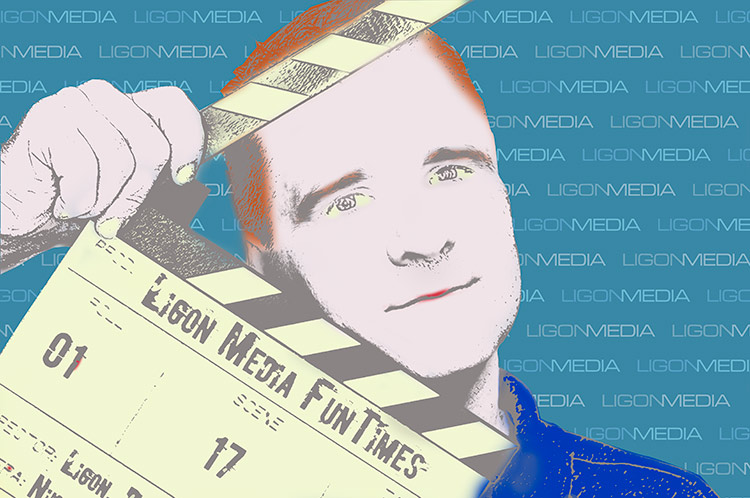When I was in college, I bought my ties at Macy’s for about $30 per tie. It’s where my other tie-wearing friends bought theirs. One day I discovered Marshall’s and was looking at designer ties alongside an elderly couple. I remember the man exclaiming to his wife: “I can’t believe these ties cost $10.” I was thinking the same thing. We were on the same page- except he was complaining that the ties were 10 bucks, while I was praising my good fortune. How come we looked at the exact same ties and one of us thought we were being ripped off, while the other was thrilled at the great bargain? It was because of our “point of reference.” In my mind ties cost $30; the elderly man thought ties shouldn’t cost more than $3. Neither of us were wrong, it’s just our life experiences were different. (just as there are people reading this who wouldn’t be caught dead in a $30 tie).
Customer Expectations
These experiences often dictate what we see as a good value. When I was a kid candy bars cost no more than 35 cents. Today, they’re about a buck. But since in my mind they should only be 35 cents, I haven’t bought a candy bar in years. Not because I’m cheap or because I don’t like candy bars, but because I always think I’m being ripped off. My point of reference is based on when I used to buy lots of candy bars, and no matter how much evidence I see to the contrary, psychologically, candy bars are 35 cents. Period. (or they’re handed out for free on Halloween).
So why’s this important? Because expectations can drive customer behavior. What if you expected to pay $30 for a tie, and you saw the same tie for $10, would you not buy it? What if you never actually saw the tie for $30, but you saw that the list price was $30, but it was priced at only $10. You’d probably still buy it, because it’s hard to pass up on a bargain. Visit the online store Amazon sometime and look at the list price. It’s often times far higher than the actual price. They are setting a point of reference to show you what a great deal you are getting. Infomercials do this all the time- “Order today and you won’t pay the expected $100, nor $90, nor $80, not even $60; if you order today get it for the low, low price of $49.99- But WAIT!, there’s more, we’ll throw in an extra …” They are setting the reference point for the product at $100, so when they offer you two of them for $49.99 with expedited shipping, that’s a phenomenal deal. Is the product worth $100? Probably not. Has it ever sold for $100? Probably not. But psychologically, you’re getting a great deal, so you are more apt to buy it. I have a blender I bought on HSN not too long ago because it replaced 5 of my appliances. I couldn’t believe my incredible fortune. HSN set the point of reference and I bought into it (and now I have a cheap, crappy blender … and 6 appliances).
Creating Value
Now let’s look at it this way. You are a business owner and you want to increase sales (or create sales). You need to create value for your customer, while creating a point of reference. Don’t just discount something and call it a day. Give the discount meaning to your customer. Using the tie example above. Let’s say the tie originally cost $30 and you were already discounting it to $15, then you decided to lower the price to $10. If your sign said “was $15, now $10”. That’s not quite the same bargain as the $30 tie for $10, now is it? Even though it’s the exact same tie selling at the exact same low price.
Customers are conditioned to look for a value, so companies need to market their products showing a value. Does value always mean money? No. Sometimes it’s about ease of use (the blender replaced 5 appliances); sometimes it’s about ego (the luxury sedan has Corinthian leather); sometimes it’s about necessity (eat your spinach and grow strong like Popeye); and sometimes it is about money. So set your niche, define it, and explain to your customers why that niche is important to them. Create a point of reference for them that your competitors cannot live up to. “We are the best company because we are the biggest.” “Our cars get a whopping estimated 50 MPG.” “With our internet services, everyone of your family members can stream a movie at the same time; with enough extra bandwidth for your dog to update his Facebook status.”
But there’s a trap that some businesses often fall into. And that is so frequently discounting their product that customers come to expect it, rather than being persuaded by it (this is different than over valuing it and then selling it at its normal price as though it were discounted). When this happens businesses find it difficult to sell products at their normal price. Over the years, I’ve worked with a lot of restaurants. I’ve rarely ever suggested couponing (there are exceptions). The reason is simple- customers’ point of reference. How many places do you know that have become a “coupon only” place? Pizza? Car wash? Dry cleaner? Customers may come to expect a discount, or else they won’t frequent the business. It doesn’t mean they’re cheap, it means the business has done a bad job of creating a profitable point of reference. I always suggest trying another way of enticing customers into your business other than discounting your product constantly at a loss. (unless you’re listing a suggested retail price and you are regularly lower than that, in which case you are showing a good value).
Savvy marketers understand point of reference. They understand the value of putting value on their products. So you need to become a savvy marketer … or hire one.
If you like, share. If you don’t like, don’t share. And if you’re indifferent, then share or don’t share, whatever.

